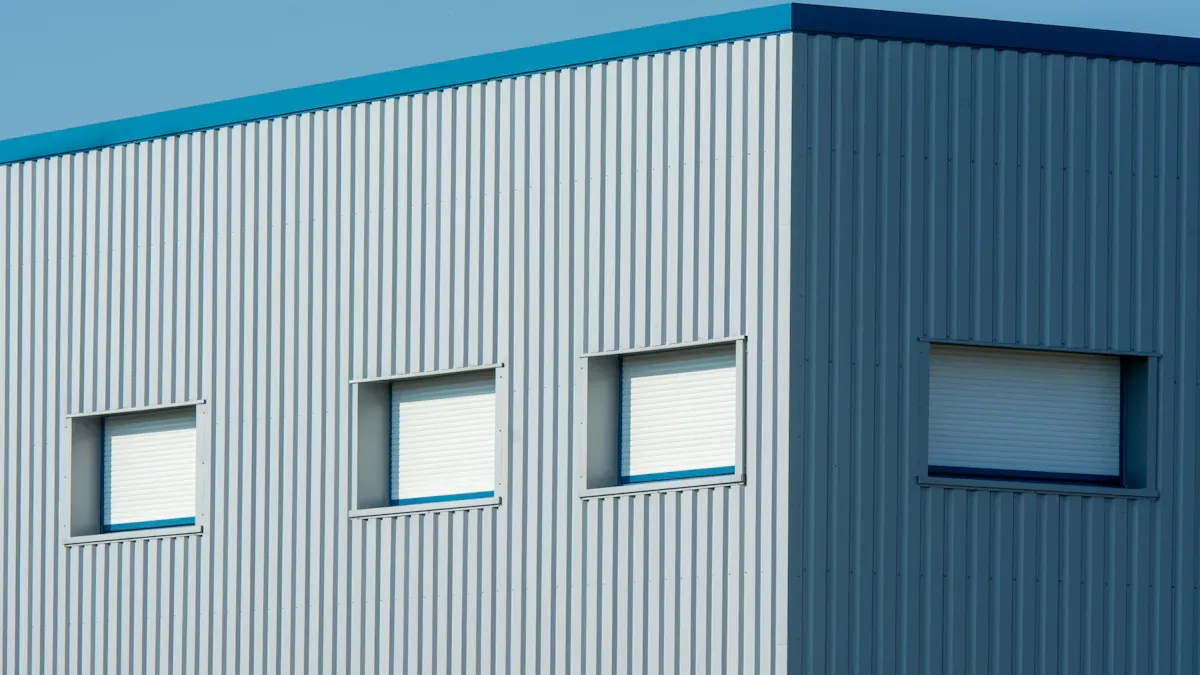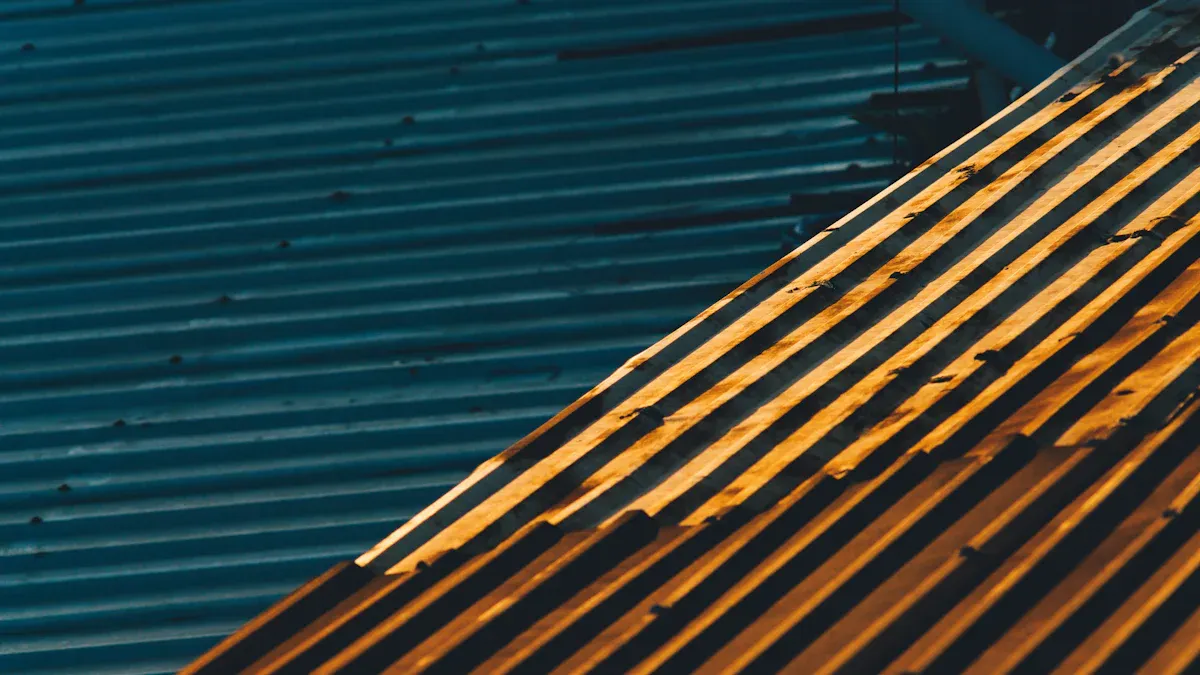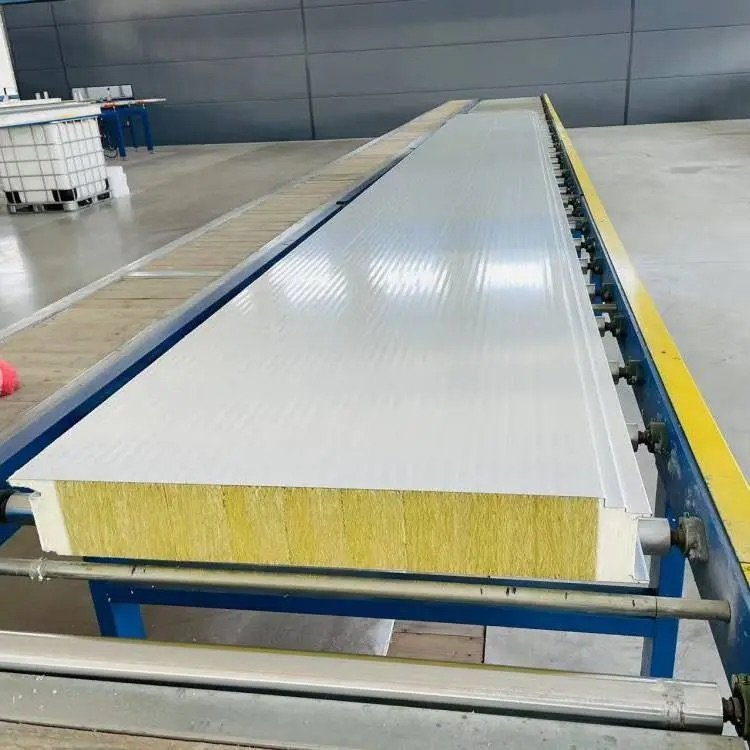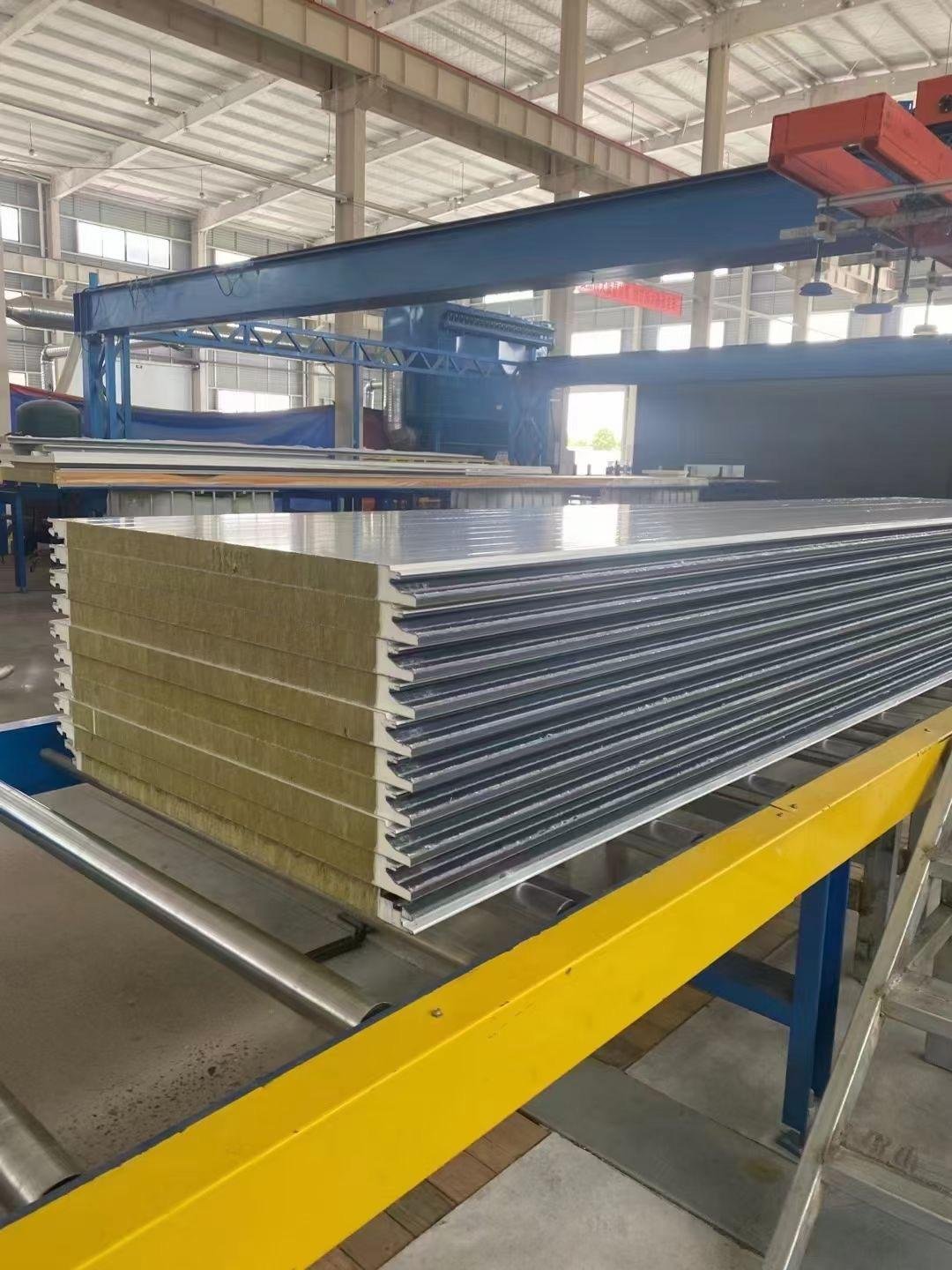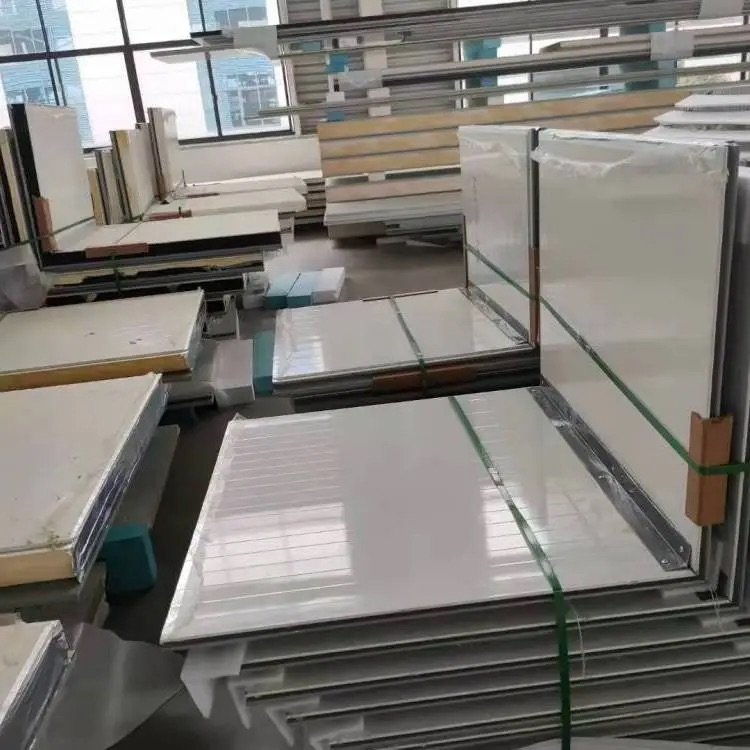
EPS sandwich panels resist water well because of their smart design. Their closed-cell structure keeps water from soaking in easily. This helps them last a long time. Tests show they stay strong in bad weather. The panels did not crack, peel, or come apart. Water tests showed they absorb about 13.8% water, which is acceptable. These qualities make them great for places with water exposure. But in very wet or underwater areas, extra waterproofing might be needed for better protection.
Key Takeaways
EPS sandwich panels block water because their cells are closed. This stops moisture from getting in and keeps them strong.
Tight joints fit together well, closing gaps to keep water out. This makes them great for walls in wet places.
Roof joints overlap to push rainwater away from seams. This keeps roofs dry even during heavy rain.
EPS panels work well in damp areas like bathrooms and kitchens. They also keep their insulation working properly.
For underwater use, extra waterproofing is needed to protect the outside. This helps them last longer.
Why EPS Sandwich Panels Resist Water
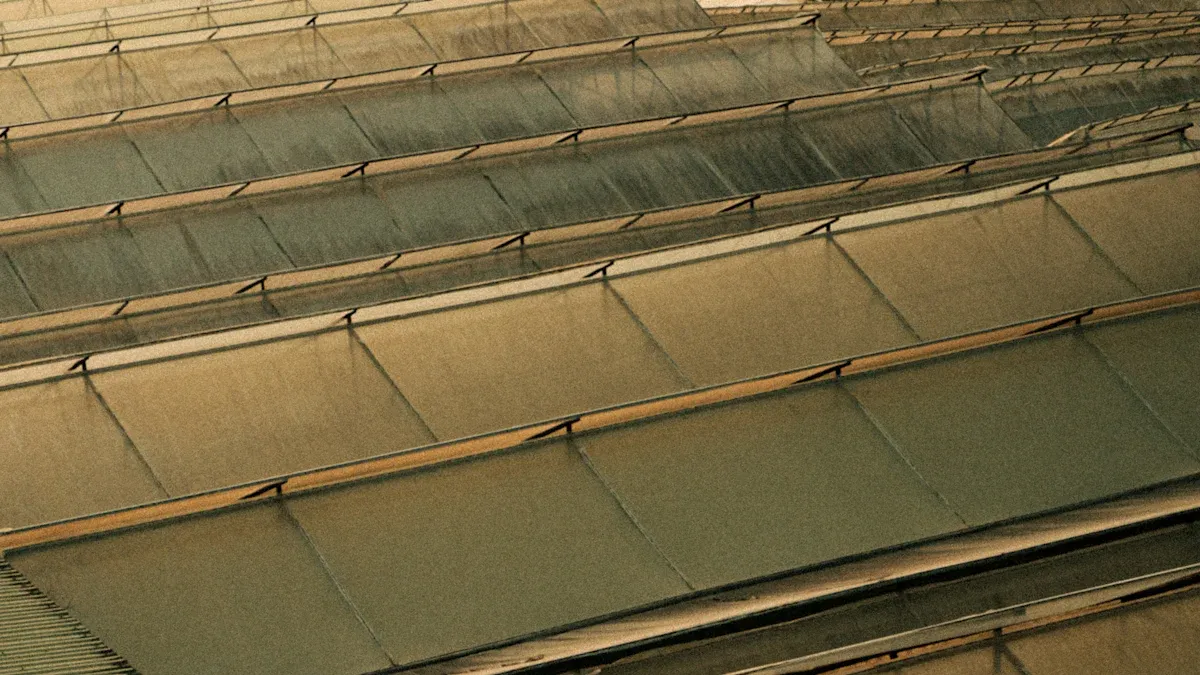
How the Closed-Cell Structure Helps
EPS sandwich panels resist water because of their closed-cell design. This structure stops water from soaking into the material. Each cell blocks moisture from spreading further. Studies show this design lowers water absorption a lot. It also stops mold, mildew, and rot in wet areas. These panels hold almost no water, so they avoid damage. This keeps them strong and long-lasting, even in tough conditions.
Tight Tongue and Groove Joints for Walls
The tongue and groove joints make EPS panels more waterproof. These joints fit tightly, leaving no gaps for water to enter. They keep walls safe from water damage in rainy or humid places. This design also helps with insulation, stopping moisture inside walls. You can trust these joints to protect your structure from water problems.
Overlapping Roof Joints for Extra Protection
Lapped roof joints add more waterproofing to EPS panels. These joints overlap to guide water away from seams. This stops rainwater from leaking into the panels. The design keeps buildings dry and safe, even in heavy rain. With this feature, EPS panels work well for roofs in wet weather. They stay reliable during storms or long exposure to water.
Performance of EPS Sandwich Panels in Moisture-Prone Environments
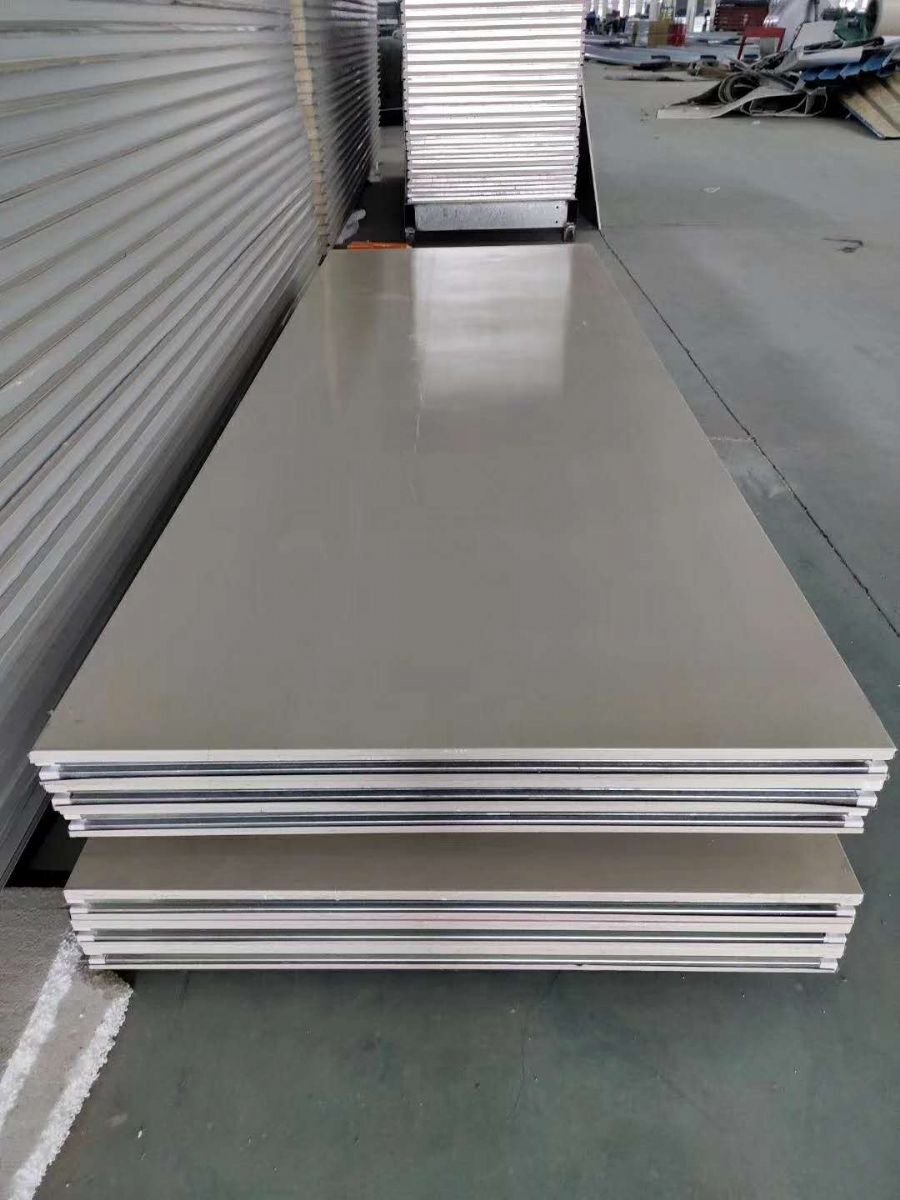
Applications in High-Humidity Areas
EPS sandwich panels work well in places with high humidity. Their closed-cell design stops water from soaking in. This makes them perfect for bathrooms, kitchens, and pool areas. These panels block water, keeping structures strong and safe. Their lightweight feature also makes them easy to install.
Even in humid conditions, the panels stay strong and insulate well. For example, tests at 85% humidity and temperatures of 25°C to 70°C for 30 days showed they stayed sturdy. This makes them a dependable choice for waterproofing in wet spaces.
Resistance to Water Infiltration Over Time
EPS sandwich panels are built to block water for a long time. Studies show that while some moisture may enter the foam, the panels still insulate well after years. This water resistance keeps buildings energy-efficient and safe from moisture damage.
Water absorption happens in two steps. First, water enters the material, causing a small weight gain. Later, the material balances out, and slight weight loss may occur. Despite this, the panels stay strong and last a long time.
Considerations for Submerged or Extreme Conditions
EPS sandwich panels do great in most wet areas but need extra care underwater. For example, seawater can weaken the outer layers, but the foam core stays mostly strong.
If using these panels underwater or in very wet places, add extra waterproofing. This helps them work better and last longer in tough conditions.
Tip: Talk to an expert to find the best waterproofing for extreme conditions.
Practical Uses of EPS Sandwich Panels for Waterproofing
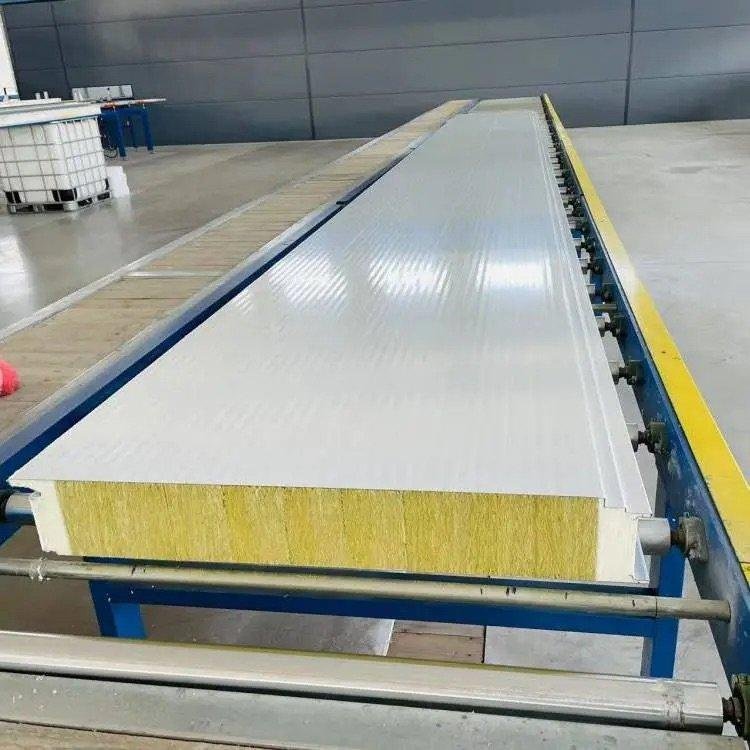
Roofs and Weather Protection
EPS sandwich panels are great for keeping roofs waterproof. Their closed-cell design stops water from soaking in, making them last longer. Overlapping roof joints help by guiding rainwater away from gaps. This keeps buildings dry during heavy rain. Sealing tricky spots like roof ridges is very important for good waterproofing. These panels also help save energy by keeping insulation strong.
Basement and Foundation Insulation
Basements and foundations often deal with moisture problems, but EPS panels work well as a barrier. Studies show they perform better than materials like XPS. For example, after 1,000 days in wet soil, EPS absorbed only 1.7% water. XPS, however, can lose up to 44% of its insulation power when wet. EPS keeps its R-value over time, making it a reliable choice for keeping basements dry and insulated.
Outer Walls and Moisture Barriers
EPS panels are excellent for outer walls, offering strong waterproofing. Systems like EIFS use EPS panels to handle moisture better. Drained EIFS systems, which allow water to escape, work better than sealed systems in different climates. These systems protect walls from water while improving insulation. Whether for homes or offices, EPS panels are a durable and efficient way to control moisture.
Extra Advantages of EPS Sandwich Panels

Saving Energy and Keeping Heat Inside
EPS panels help save energy by keeping heat from escaping. The foam core stops heat transfer, keeping rooms cozy. It lowers heat loss, cutting heating and cooling costs. Tight joints block air leaks, saving more energy. The panels also stop moisture, reducing condensation inside. This improves air quality and keeps the building comfortable. These features make EPS panels great for eco-friendly buildings.
Feature | What It Does |
|---|---|
Heat Insulation | Stops heat transfer, keeping indoor temperatures steady. |
Air Leak Prevention | Seals gaps to stop energy waste. |
Low Heat Conductivity | Reduces heat loss for better efficiency. |
Moisture Control | Blocks condensation, improving air quality indoors. |
Lightweight and Easy to Build With
EPS panels are light, making them easy to move and install. Their pre-made design speeds up construction work. You can set them up quickly without heavy tools or machines. Each panel has two strong outer layers and a foam center. This design makes them simple to handle while providing good insulation. Their lightweight and easy setup save time and effort on building projects.
Light panels are easy to transport.
Pre-made design makes assembly faster.
Simple handling cuts labor costs.
Affordable and Built to Last
EPS panels are a budget-friendly way to insulate buildings. They last a long time, so you spend less on repairs. These panels resist water and bad weather, keeping their insulation strong. Compared to other materials, they offer great value for the price. Special coatings can add fireproofing and soundproofing, making them even better. EPS panels are a smart choice for modern construction projects.
Feature/Trend | Benefit |
|---|---|
Cost-Effective Insulation | Provides affordable thermal insulation. |
Long-Lasting Strength | Resists weather and stays durable over time. |
Quick Setup | Speeds up building projects and saves money on labor. |
EPS sandwich panels are great at keeping water out. Their special design and tight joints stop moisture, even in tough places. These panels stay strong for a long time.
They resist chemicals, sunlight, and harsh weather, perfect for roofs.
EPS absorbs only 2-4% water by volume, based on ASTM C578.
Tests prove they block water, keeping walls safe and dry.
In very wet areas, extra waterproofing helps them work better. These panels also save energy and money, making them a smart building choice.
FAQ
Why are EPS sandwich panels good at resisting water?
EPS panels have a closed-cell design that blocks water. Each cell stops moisture from spreading further. This keeps the panels strong and long-lasting, even in wet areas.
Can EPS sandwich panels work underwater?
Yes, but they need extra waterproofing for underwater use. Without it, water can damage the outer layers over time. Ask an expert for the best waterproofing advice.
How do EPS panels handle humid places?
EPS panels are great for humid spots like bathrooms or kitchens. They block moisture, stopping mold and mildew from growing. They also keep their insulation strong, even in high humidity.
Are EPS sandwich panels simple to install?
Yes, EPS panels are lightweight and pre-made for easy setup. You don’t need big tools or machines to install them. This saves time and lowers labor costs.
Do EPS panels lose insulation if they get wet?
EPS panels keep most of their insulation, even when wet. They absorb very little water, so they stay effective for a long time. This makes them a good choice for damp areas.

